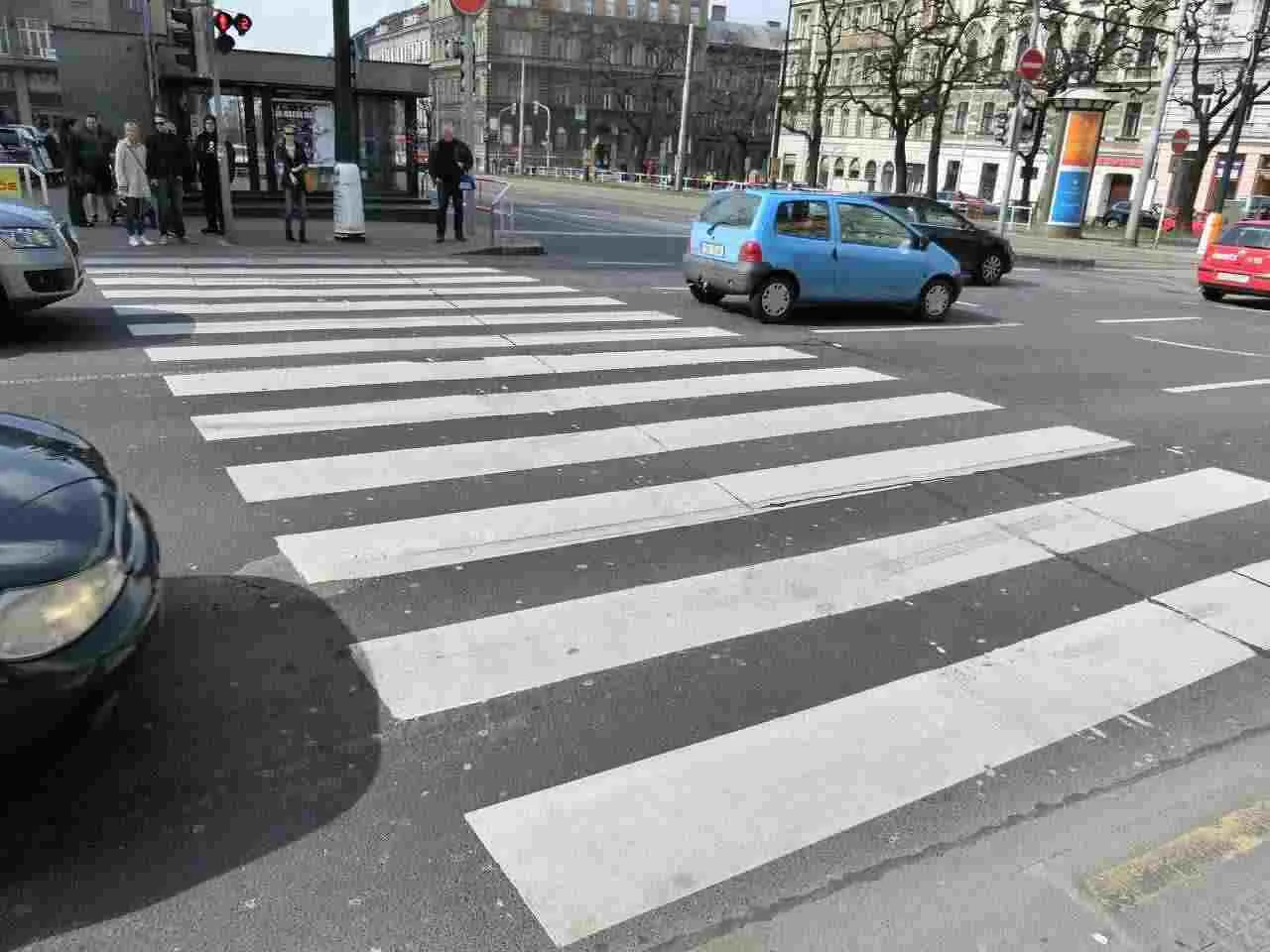Pedestrian Rights and Responsibilities in South Carolina

In South Carolina, like many states, the roadways are shared by both motor vehicles and pedestrians. Ensuring the safety of pedestrians is crucial, and it requires a clear understanding of the rights and responsibilities that govern both parties. In this blog post, we’ll delve into the essential aspects of pedestrian rights and responsibilities in South Carolina to promote awareness and reduce the risk of accidents.
Pedestrian Rights
Crosswalks and Intersections
Pedestrians have the right of way at marked crosswalks and intersections. Drivers are required to yield to pedestrians in these designated areas. Even if a crosswalk is unmarked, pedestrians still have the right of way at intersections.
Traffic Signals and Walk Signals
Pedestrians should adhere to traffic signals. When the walk signal is displayed, it indicates that pedestrians have the right of way. Conversely, when the signal shows a red hand or “Don’t Walk,” pedestrians should wait until it changes.
Sidewalk Usage
Pedestrians have the right to use sidewalks when available. If there is no sidewalk, pedestrians should walk facing oncoming traffic on the left side of the road.
Pedestrian Responsibilities
Crossing Safely
Pedestrians should use crosswalks and designated crossing areas whenever possible. Crossing the road at undesignated locations poses a risk to both pedestrians and drivers.
Obey Traffic Signals
Pedestrians must adhere to traffic signals and crosswalk signals. Ignoring these signals can lead to accidents and jeopardize pedestrian safety.
Visibility
It is the responsibility of pedestrians to make themselves visible to drivers, especially during low-light conditions. Wearing reflective clothing and using crosswalks with proper lighting can enhance visibility.
Legal Implications
Contributory Negligence
South Carolina follows a contributory negligence system. This means that if a pedestrian is found to be partially at fault for an accident, their ability to recover damages may be reduced or eliminated.
Right of Way Laws
Understanding the nuances of right of way laws is crucial. While pedestrians generally have the right of way, there may be circumstances where they are required to yield to oncoming traffic.
Conclusion
In South Carolina, the safety of pedestrians is a shared responsibility between those on foot and those behind the wheel. By understanding and adhering to pedestrian rights and responsibilities, both pedestrians and drivers can contribute to a safer road environment. Awareness of these rules can help prevent accidents, reduce injuries, and ensure that everyone can navigate the roadways with confidence. If you or someone you know has been involved in a pedestrian accident, it’s essential to consult with legal professionals who specialize in personal injury cases to understand your rights and potential avenues for compensation.
